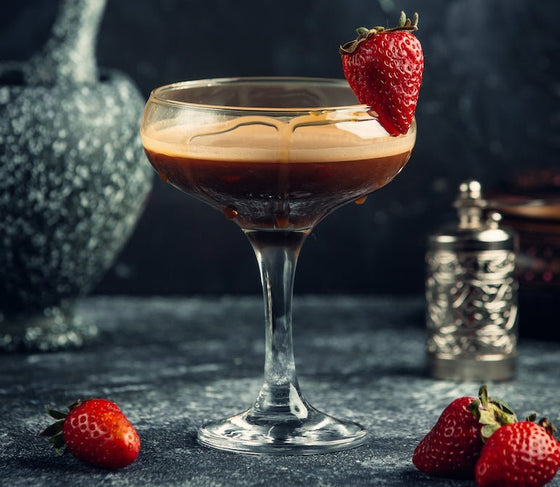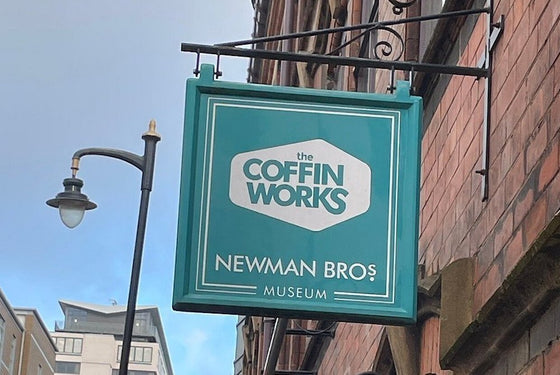

Basically, all chocolates, all over the world, essentially are composed of four ingredients — cocoa mass, fat/cocoa butter, sugar and dairy. This is true for most chocolates, while there are exceptions of specially created chocolates for different purposes.
Cocoa beans are harvested from the cacao trees, hulled, fermented, roasted and ground until they become liquid. This liquid contains cocoa butter and cocoa solids, to which sugar and milk solids are added to produce the delicious treat that 9 out of 10 people in the world enjoy. Generally the higher the proportion of cocoa content present in relation to sugar and milk solids, the more flavoursome and better quality chocolate it is thought to be. More than one thousand cocoa beans and at least 10 distinct processes are required to make 1kg of chocolate so it’s not easy.

The beginning......
Around 250 AD, the Mayans whilst occupying the rainforests of South America, discovered huge trees with colourful looking pods and wondered if they could be put to use. So the beans were ground, fermented, had honey, chilli, cornmeal and black pepper added and then enjoyed as a drink. For most of chocolate’s history, it was enjoyed precisely in this form and not as a food or confection.

In the mid-1400s, the Aztecs of central Mexico developed trade ties with the Mayans, and took a liking to the cocoa which they named ‘Xocolatl’, a word that is supposed to be the origin of the now used term ‘chocolate’. The Aztecs also then began using chocolate as currency, thereby increasing the demand and geographical reach of chocolate, it was also thought to have divine properties and was often drunk by aztec warriors going to war.

The Spanish first discovered cocoa beans in 1519 when Hernan Cortes led the Spanish into Mexico under the guise of English pirates with complete authorisation from Queen Elizabeth I, to conquer the Aztec Empire. Initially the cacao beans held no interest for Britain due to their strange and bitter taste, however the Spaniards started adding sugar to this local drink, which sweetened the ordinarily bitter taste and made it more palatable, and Europe's love affair with chocolate was born. They also began utilizing cocoa as currency / commodity for the trade of goods and services with the rest of Europe.
In the early 1700s the mighty British Empire entered the chocolate scene, and the form in which we consume it today, was mastered, refined and popularised. The world’s first chocolate bar was made by Fry & Sons in 1728 in Bristol, and it was around this time that chocolate companies such as Cadburys and Nestle were founded, which remain amongst the largest food companies in the world.

In 1750 the British Parliament passed an act allowing the importation of cocoa beans from West Africa, leading to mass scale chocolate production. By 1810 there were more than 1 million people employed in the cocoa industry and the Industrial Revolution was well underway.
After the sophisticated French and the innovative Swiss and Belgians joined the chocolate game, newer innovations were incorporated and chocolate quickly went on to become one of the most sought after and widely consumed confections in the world.
Single origin chocolate is made from cocoa beans grown in a single geographic region, offering a distinct, exclusive taste and flavour profile and therefore highly prized and exotic, much like single malt whiskies or region-specified wines e.g. a Chateau Latour or Champagne.
Besides an overwhelming chocolate taste, each origin carries the aromas of flowers, herbs or spices that are typical of the soil where the chocolate was grown. Since these chocolates are from a single region, a lot goes into preserving the unique yet incredibly subtle flavour profile of each chocolate. To that end, single-origin chocolates have to be processed in different facilities, unique to only that kind of chocolate. Coupled with the rarity and high demand, especially in the gourmet chocolate segment in Europe and North America, these chocolates command a very high premium in the international cocoa market, hence are priced higher.
That said, the gourmet experience offered by these are highly exclusive and, therefore, the price is well worth the unique flavour profile of these exclusive chocolates.
Artisanal chocolates on the other hand, are exclusive chocolates that are created in small batches and generally made in small facilities using traditional methods e.g. handmade as opposed to mass production lines, and few or no artificial additives or preservatives. Since very small batches of these chocolates are created, it is easy to introduce exclusive, unusual and sometimes quirky flavour combinations that appeal to chocolate lovers – a movement we’re proud to be a part of.

Therefore enjoy World Chocolate Day and spare a thought for the rich history enjoyed by this little bean.
Dive into a few delicious and inventive chocolate cocktails that will please any chocolate lover!
New Retails Sales Partner - The Coffin Works Museum, Birmingham


